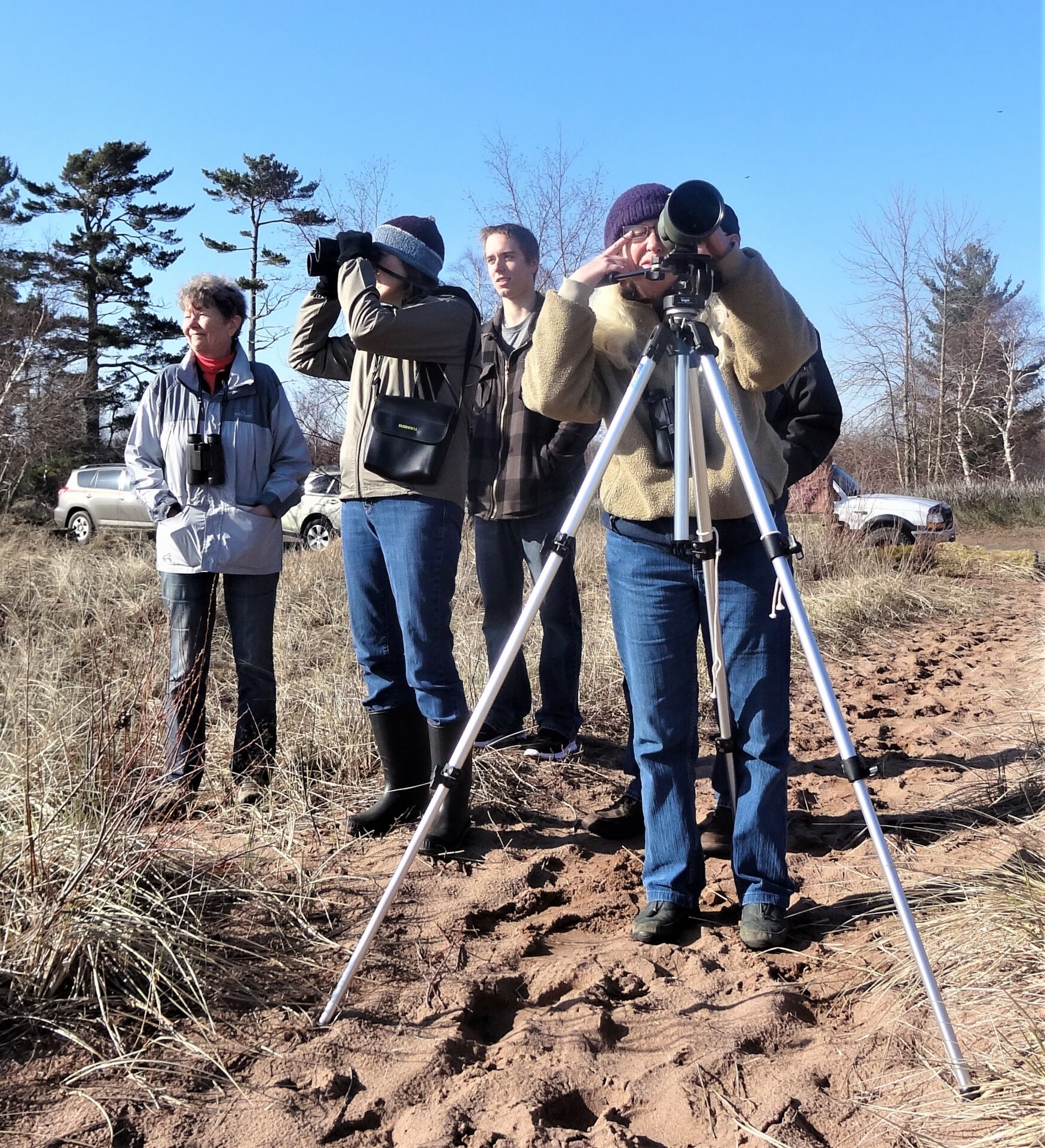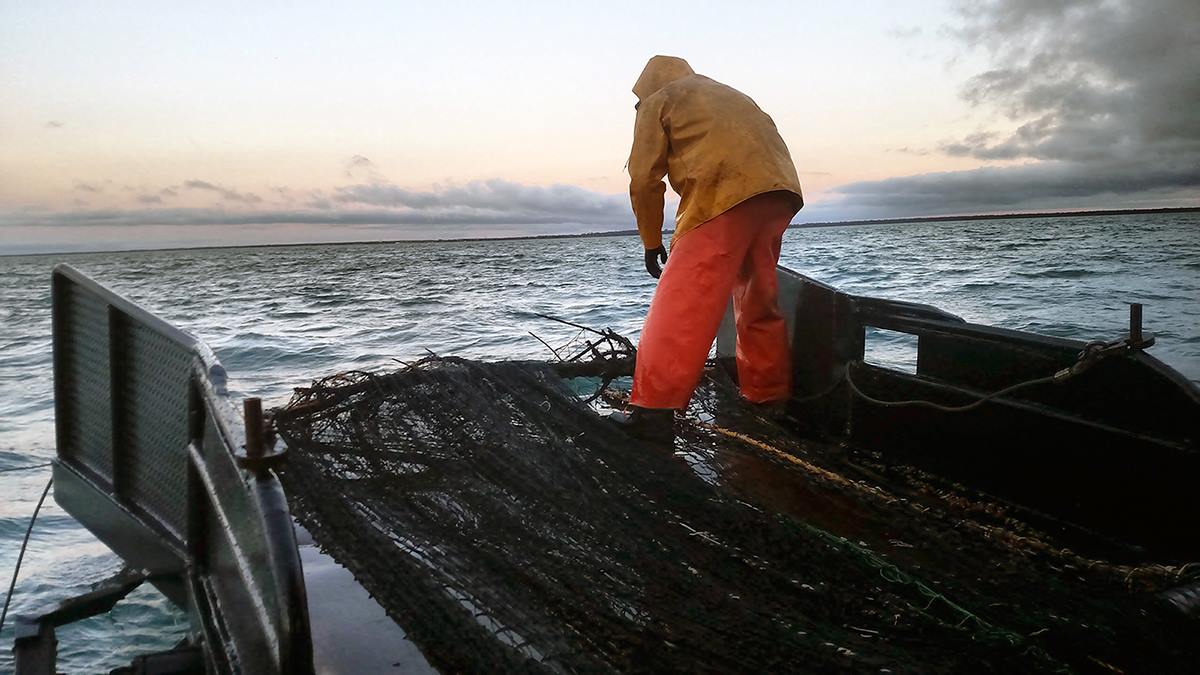Making the 90-mile drive between Milwaukee and Chicago is generally unremarkable thanks to modern roadways. Yet one recent trip was anything but unremarkable. That’s because scientist Fred Binkowski from the School of Freshwater Sciences at the University of Wisconsin-Milwaukee and a Wisconsin Sea Grant aquaculture specialist was transporting something very special, something even prehistoric, on that jaunt south on I-94.
In a 300-gallon tank, he was trucking the biological equivalent of 135 million years of Great Lakes ecosystem history in the form of 14 Lake Sturgeon for public display at the Shedd Aquarium. That’s likely to happen sometime this spring following quarantine for the safety of all the fish already at the Shedd and the new ones soon to take up residence.
Binkowski said, “These fish represent a tale of evolutionary survival, triumph over human callousness, and a renewed commitment to their habitats and health. Taking them to the Shedd Aquarium means that many more people will be exposed to them. People will learn about how sturgeon have been on this planet for millions of years—an important species for Great Lakes ecosystems.”
Binkowski delivered the fish to Jim Robinett at the Shedd Aquarium for display in the facility’s freshly revamped “At Home on the Great Lakes” exhibit.
“Lake Sturgeon are an integral part to telling our Great Lakes stories in that gallery,” Robinett said. He is the Shedd’s senior vice president of external and regulatory affairs. He termed Lake Sturgeon a keystone species in the Great Lakes and said once Shedd guests become interested in and inspired by the fish, “Then you can share conservation messages.”
The new Shedd fish represent four class years—2010-13. Binkowski said he is anticipating they will fare quite well in their new home, a 6,000-gallon tank with a recreated Great Lakes native shoreline.
Often, the Lake Sturgeon’s wild home has not been so hospitable. In the early part of the last century, the fish were nearly extirpated from Great Lakes waters, where they were once prevalent. Their decline was due to overfishing, as well as pollution from the lumber industry and agricultural runoff. Prior to their overfishing in a quest for caviar and meat, people regarded Lake Sturgeon as a nuisance fish and killed them without making any other use of them.
In contemporary times, the fish are protected but still face challenges posed by pollution, climate change and dams.
Binkowski has devoted years to the study of the fish that can reach 200 pounds in weight and nine feet in length. They are the largest fish in North America. Sturgeon can live for up to 150 years. The fish are cartilaginous, like sharks, but eat small animals and fish eggs on lake, river and stream bottoms. They use dangling barbels on either side of their face to sense their prey and filter feed through mouths with no teeth.
Binkowski has forged strong partnerships with the Wisconsin Department of Natural Resources, a private citizens’ conservation group called Sturgeon for Tomorrow and the Native-American community, which reveres sturgeon, to bring the fish back from virtual disappearance in state waters.
These coordinated efforts among partners, along with Binkowski’s lab in Milwaukee where he annually studies and rears fish that are eventually stocked in the Lake Winnebago system, means that Wisconsin now boasts the world’s healthiest population of Lake Sturgeon he said.
Sharing some of his fish to further the education of the more than 2 million guests who pass through the Shedd Aquarium’s doors each year will ensure more and more people will be exposed to these gentle giants. And, hopefully, the growing awareness will lead to a stronger commitment to restoring and protecting their homes, and the fish themselves. “There could be a future where people can see Lake Sturgeon not only at the Shedd but in all the fish’s native Great Lakes waters, too,” Binkowski said.





